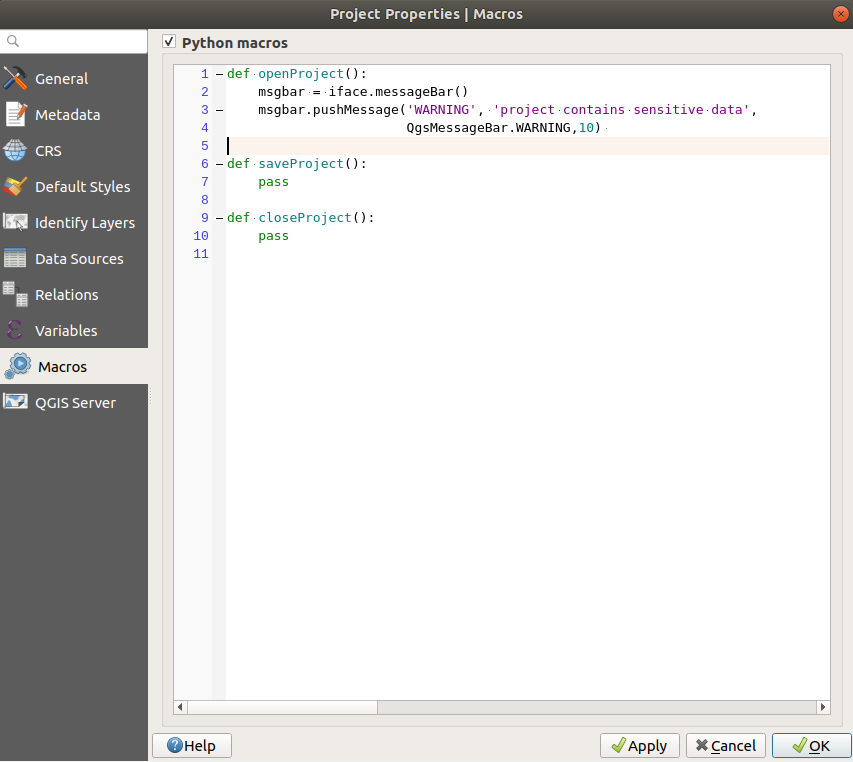

The processors in a communication system are connected through a communication network. Instead, each processor has it own local memory and clock, and the processors communicate with each other through various communication lines, such as high- speed buses or networks. Protection is any mechanism for controlling the access of programs, processes or users to the resources defined by a computer system.Ī distributed system is a collection of processors that do not share memory, peripheral devices or a clock. If a computer system has multiple users and allows concurrent execution of multiple processes then the various processes must be protected from each other’s activities.

Read also: Difference between Preemptive Scheduling Vs Non-Preemptive Scheduling Input/Output Management The operating system is responsible for the following activities in connection with disk management: Like all other resources in a computer system, proper management of disk storage is important. Most programs are stored on a disk until loaded into the memory and then use disk as both the source and destination of their processing. Since main memory is too small to accommodate all data and programs, and because the data it holds are lost when the power is lost, the computer system must provide secondary storage to backup main memory. The programs to be executed, along with the data they access, must be in the main memory or primary storage during their execution. Ensuring that a process is not overwritten on top of another.Allocating and deallocating memory space as needed.Deciding how much memory is to be allocated to a process.Deciding which processes are to be loaded into memory when memory space becomes available.Keeping track of which parts of memory are currently being used and by whom.The OS is responsible for the following activities in connection with memory management. The central processor reads instructions of a process from main memory during the machine cycle. It contains the code, data, stack, and other parts of a process. Main memory is a repository of quickly accessible data shared by the CPU and I/O devices. These bytes are called memory locations and range in size from hundreds of thousands to billions. Main memory is a large array of words or bytes. Providing mechanisms for deadlock handling.Providing mechanisms for process communication.Providing mechanisms for process synchronization.Creating and terminating user and system processes.Allow execution of programs larger in size than the available main memory.

Minimize the amount of unused memory space.Ensure that a process does not access memory space that does not belong to it.Ensure that a new process is not loaded on top of an existing process.Deallocate space when processes terminate.Allocate the appropriate amount of memory space when programs are to be loaded into the memory for executing.Ensure that a new file does not overwrite an existing file.Deallocate space when files are removing.Allocate the appropriate amount of disk space when files are created.The above issues require the operating system to provide the following services and much more: Creating multiple cooperating processes, synchronizing their access to shared data, and allowing them to communicate with each other.Setting the CPU state appropriately so that program execution could begin.Loading executable from disk into the main memory.Storing an executable on a secondary storage device such as a hard disk.The following are some of the main issues involved in performing these tasks. Viewing things closely will reveal that basic purpose of a computer system is to generate executable programs and execute them. It is a control program that manages execution of user program to prevent errors and improper use of computer.
#Which program provides a seven layer overwrite for the mac operating system software#
In short operating system is a resource manager who manages both hardware and software resources efficiently.


 0 kommentar(er)
0 kommentar(er)
